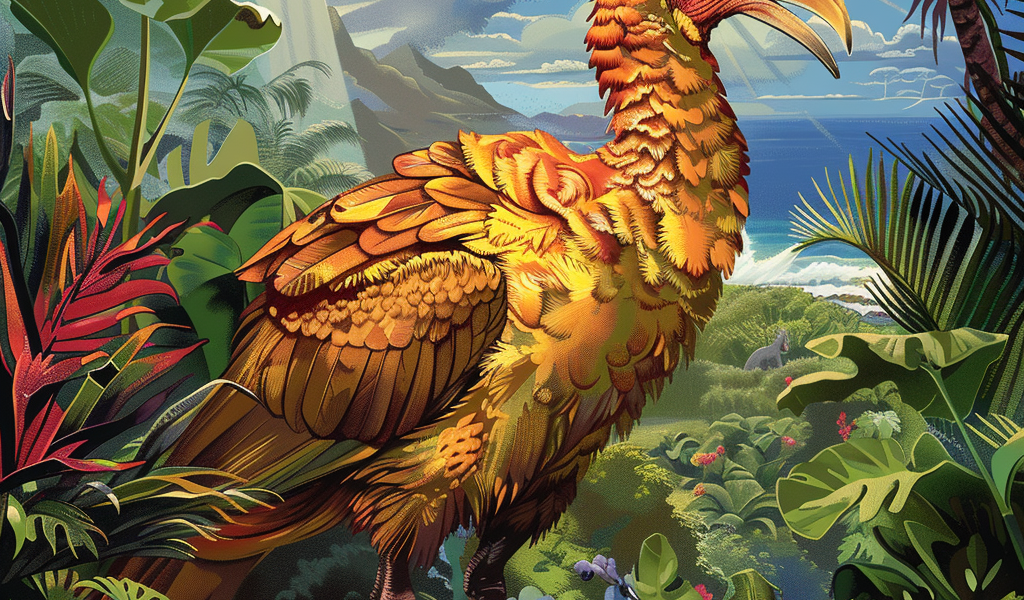The dodo, a flightless bird once native to the island of Mauritius, has long been a subject of fascination and misunderstanding. Known for its unique and somewhat comical appearance, the dodo has been portrayed as the quintessential symbol of extinction and incompetence. However, recent research sheds new light on this much-maligned creature, revealing insights into its biology and behavior that challenge the longstanding stereotypes.
Weighing roughly the same as a male turkey, the dodo is often remembered for its large, hooked beak and plump body, characteristics that have contributed to its reputation as a clumsy and inept bird. Its extinction in the late 17th century, largely attributed to human activity, has cemented its status as a cautionary tale about the impact of invasive species and habitat destruction.
Despite its portrayal as an evolutionary failure, recent studies indicate that the dodo was far more adept than previously thought. Neil Gostling, a paleobiologist at the University of Southampton, argues that the perception of the dodo as a slow and cumbersome bird is a misconception. In a recent paper published in The Zoological Journal of the Linnaean Society, Gostling and his colleagues revisited centuries of literature and fossil evidence, including the only known surviving soft tissue sample of a dodo, housed in the Oxford University Museum of Natural History.
According to Gostling, the dodo was not only capable of flight but also exhibited agility and speed. Before its extinction, the dodo thrived on Mauritius for approximately 12 million years, adapting successfully to its environment. This new understanding of the dodo’s capabilities challenges the narrative that has long portrayed it as a hapless bird that walked into its own demise.
Julian Hume, an avian paleontologist and co-author of the study, emphasizes that the dodo’s image has been shaped by cultural references, including its appearance in Lewis Carroll’s “Alice’s Adventures in Wonderland.” This portrayal has contributed to the perception of the dodo as a foolish creature, further obscuring its true nature.
The dodo’s extinction is a poignant reminder of the consequences of human intervention in natural ecosystems. The introduction of invasive species, hunting, and habitat destruction led to the bird’s rapid decline, culminating in its disappearance by 1662. The loss of the dodo serves as a stark example of how fragile ecosystems can be when subjected to external pressures.
As researchers continue to uncover new findings about the dodo, it becomes increasingly clear that this bird was a complex and well-adapted species, deserving of more respect than it has historically received. The ongoing study of the dodo not only enriches our understanding of this unique bird but also highlights the importance of conservation efforts to protect other species at risk of extinction.
In addition to its biological significance, the dodo’s story resonates with broader themes of environmental stewardship and the need for sustainable practices. The lessons learned from the dodo’s extinction are relevant today as we face similar challenges with other species around the globe.
As we delve deeper into the history and biology of the dodo, it becomes clear that this once-maligned bird was far from the inept creature it has been made out to be. Instead, the dodo stands as a testament to the complexity of evolution and the delicate balance of ecosystems, reminding us of the profound impact humans can have on the natural world.





